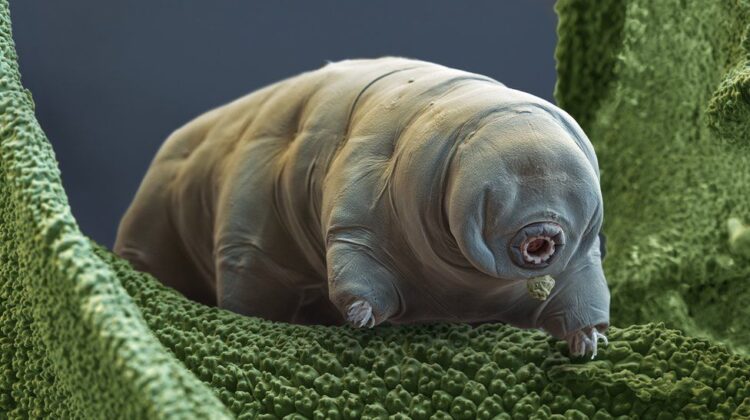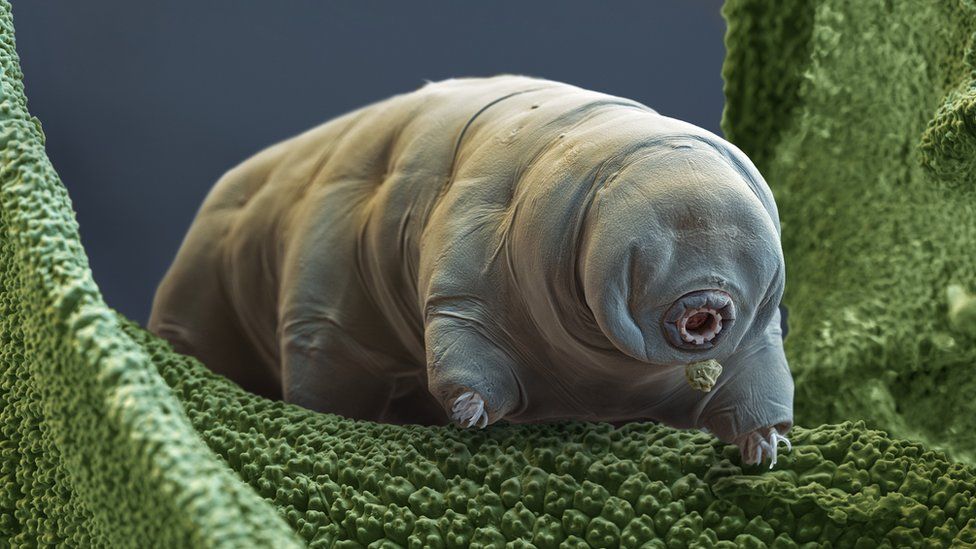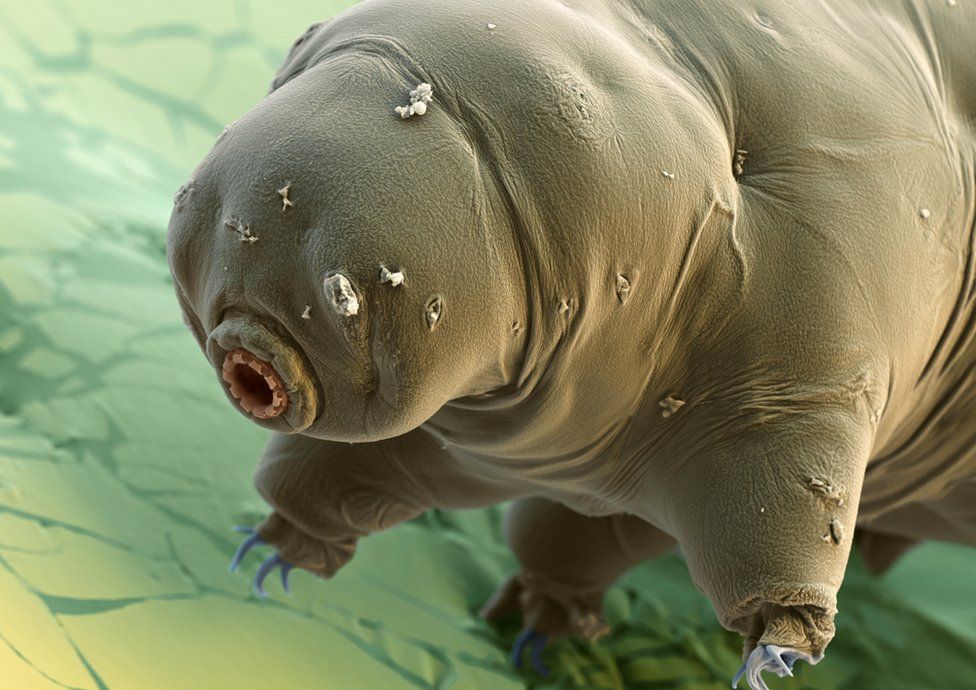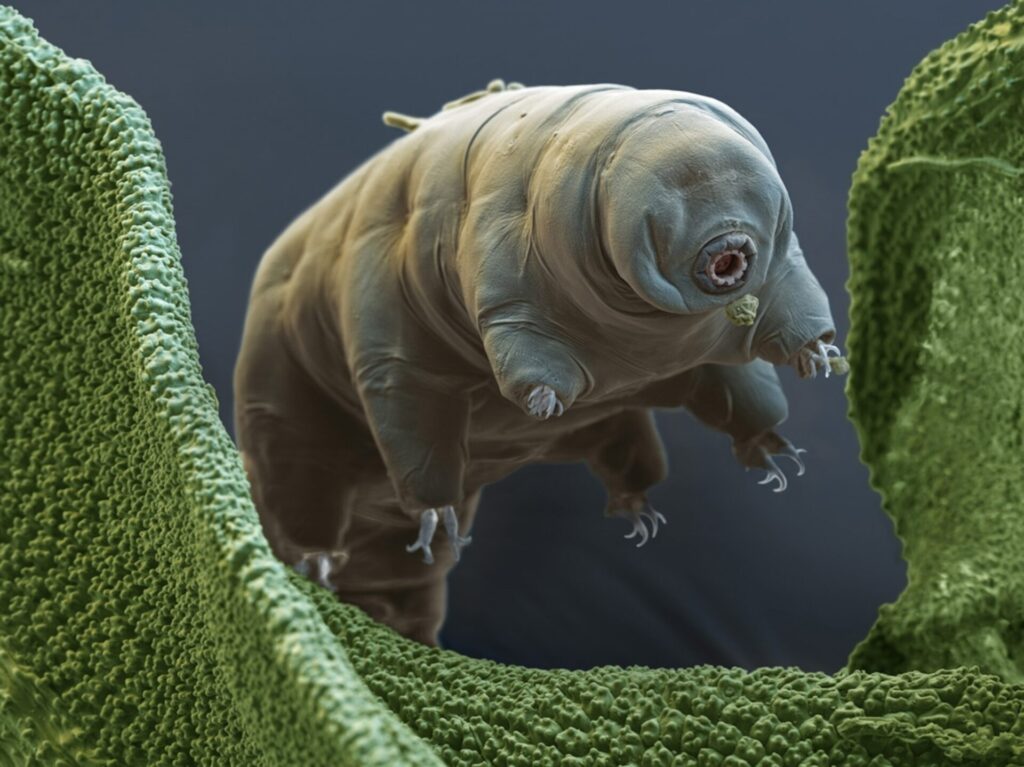
In the realm of extraordinary resilience, tardigrades, often referred to as water bears, stand out as some of the world’s toughest creatures. These minuscule beings, measuring just a millimeter or less, boast an astonishing ability to endure cosmic disasters, radiation, freezing, extreme dehydration, and even the vacuum of space. Now, a groundbreaking genetic study has unraveled some of the secrets behind their incredible survival abilities.
Published in the journal PLOS Biology, the research delves into the DNA of two tardigrade species, shedding light on the genes that underpin their remarkable ability to revive after desiccation, a process of extreme dehydration.

Tardigrades are commonly found in environments prone to drying out, such as moss and ponds. Over time, they have evolved the unique capability to withstand extreme dehydration, only to spring back to life years later in the presence of water. The key to their survival, as revealed by this study, lies in their genetics. In dry conditions, specific genes in tardigrades trigger the production of proteins that replace the missing water in their cells. When water becomes available again, these proteins dissolve, refilling the cells.
The implications of understanding this inherent survival mechanism in tardigrades extend beyond the realm of these resilient creatures. Co-author Professor Mark Blaxter from the University of Edinburgh emphasizes the potential benefits for humans, envisioning applications such as the transportation of live vaccines worldwide without the need for refrigeration.

“Tardigrades, with their amazing abilities, can offer us some new ways of dealing with real-world problems like transporting vaccines,” notes Professor Blaxter.
The study also addresses a long-standing controversy about the evolutionary lineage of tardigrades. Their distinctive appearance, featuring eight stubby legs and claws, may suggest a closer relation to insects and spiders. However, genetic analyses reveal a surprising twist. The researchers decoded the HOX genes, which control head and tail development, as well as limb positioning in the embryo. While most animals possess ten HOX genes, tardigrades only have five, a trait shared with certain roundworms.
“This was a real surprise which we weren’t expecting,” expresses Professor Blaxter. The findings challenge preconceived notions and suggest a closer evolutionary connection between tardigrades and worms than with insects.

Additionally, the genetic exploration uncovered a set of proteins that safeguard tardigrade DNA, providing a potential explanation for their ability to withstand radiation.
“I have been fascinated by these tiny, endearing animals for two decades. It is wonderful to finally have their true genomes and to begin to understand them,” concludes Professor Blaxter. The revelations from this study not only deepen our appreciation for the resilience of tardigrades but also open new avenues for scientific exploration and potential applications in addressing challenges faced by humans.

Leave a Reply